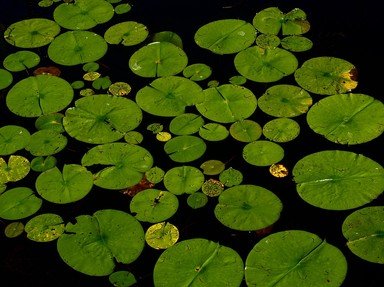
Life on the Pond Trivia Quiz
All of the creatures in this quiz can be found living in or around ponds, though not necessarily all in the same pond. Your task is to sort them into amphibians, fish, insects, mammals and "other".
A classification quiz
by spanishliz.
Estimated time: 3 mins.